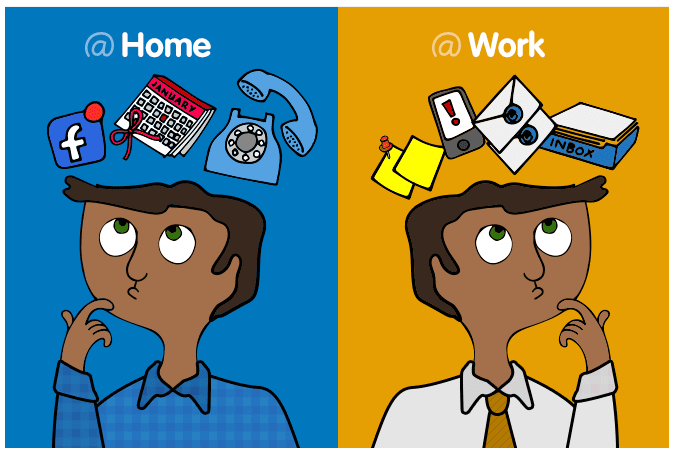
I should mention some caveats though related to this list organization method.

Lists inside the “Planning” and “Doing” groups are used to sort our next actions by project and context. If we assign dates for these reminders, they will show up on the Today list on the day we set also, we can keep track of upcoming reminders on the Scheduled list as their date is approaching, basically using this feature as a digital Tickler File. Keeping project plans in Reminders is fine for smaller projects, but for more significant projects/goals, we should keep our notes, possible next actions, plans, assets, and ideas in a separate app. If there aren’t any tags set on a reminder, we should consider it as a future next action, which we can’t do anything about immediately, but we want to avoid forgetting it. By organizing content this way, we will connect projects to next actions.Ĭontexts will be assigned using tags, which is one of the new features of Reminders running macOS Monterey and iOS 15. These lists will contain projects by keeping top-level reminders for every project, and then its next actions will be listed as a sub-task under the project’s reminder. It can help if you create separate lists for each of your responsibilities, like personal or work projects. We will keep our traditional lists organized inside the “Planning” group so that each planning-related list will be in one place. The “Planning” group represents one of the two horizons of GTD, where we see our next actions grouped by projects.

We can create two types of lists in the Reminders app: traditional lists, which can be used for planning, and smart lists, which are best used for everyday work.

GTD CONTEXTS HOW TO
I will show you how to set up Reminders for a GTD-inspired workflow in this post.

GTD CONTEXTS FREE
There is no better time to consider using Reminders as a free alternative to OmniFocus or Things. The new features of Apple Reminders make it capable of replacing more serious task management apps. It is a general OS that needs to be bent to the GTD way of things. It happens probably because not many people can think in systems they expect the tool to give them a system.
GTD CONTEXTS FULL
There aren’t many people who use macOS tools to their full potential. We have to focus on achieving goals using our GTD system, not perfectly organizing our stuff. These tools aren’t made for GTD per se, so we must strive to implement a simple system for ourselves. The built-in tools of macOS are capable of serving a complete GTD system, making it possible to fully automate it without additional software.


 0 kommentar(er)
0 kommentar(er)
